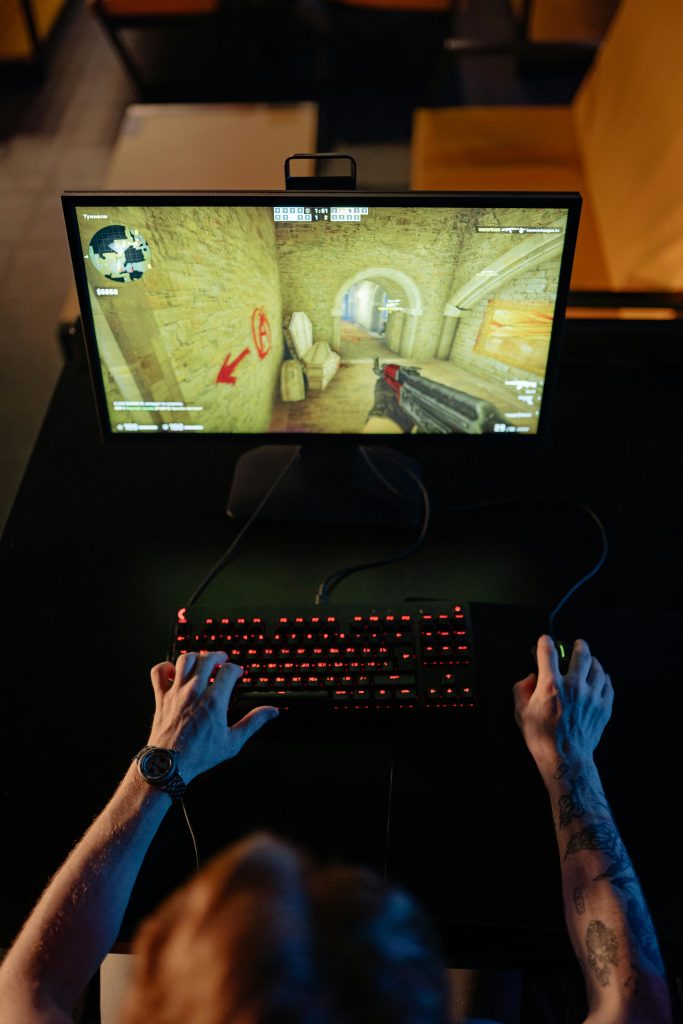Understanding Unexpected Computer Malfunctions: Freeze, HDD Indicator, and Responsiveness Issues
Experiencing sudden computer freezes, along with blinking HDD activity lights and unresponsive peripherals, can be concerning, especially if you’re unsure whether the root cause is hardware-related or due to malware. In this article, we will explore common causes of such issues, how to identify them, and steps you can take to troubleshoot and safeguard your system.
Case Overview
The scenario involves a Windows 10 desktop PC that has begun exhibiting multiple stability issues:
- The system becomes unresponsive, with the mouse cursor frozen and no control over open applications.
- The HDD activity indicator (often an LED light on the case) blinks intermittently or remains steadily lit.
- The computer’s sound output becomes erratic, seemingly “possessed,” before the system completely freezes.
- Attempts to close applications like Chrome are unsuccessful.
- On reboot, the PC sometimes fails to detect the monitor, or exhibits unusual behavior.
- The owner is concerned whether malware could be causing these symptoms or if there is a hardware failure.
Understanding HDD Activity Indicators
Many desktop PCs feature a hard drive activity LED that signals ongoing disk read/write operations. Typically:
- Blinking light indicates active data transfer.
- Steady light may imply ongoing heavy disk activity or a hardware issue.
- No activity (light off) suggests idle status.
However, the LED behavior alone cannot confirm malicious activity; it simply reflects data access to the drive.
Potential Causes
Hardware Issues
– Failing Hard Drive: Mechanical or logical failures can cause system freezes and erratic behavior.
– Insufficient Power or Overheating: Power supply problems or thermal issues can lead to system instability.
– RAM Problems: Faulty or insufficient RAM can cause crashes during normal operation.
– Graphics Card or Display Issues: Problems with the GPU or connections can manifest as screen detection issues.
Software and Malware
– Malware Infection: Malicious software can cause system instability, high disk activity, and unresponsiveness.
– Corrupted System Files: Damage to Windows files may trigger freezes and hardware detection issues.
– Driver Conflicts: Outdated or incompatible device drivers can cause hardware and system malfunctions.
Troubleshooting Steps
- Initial Assessment
- Determine if the issue occurs during specific activities or randomly.
-
Note any recent changes, software installations, or updates.
-
Hardware Diagnostics
- Run built-in diagnostics if available (often accessible via BIOS/UEFI).
- Check physical connections for the monitor
Share this content:



